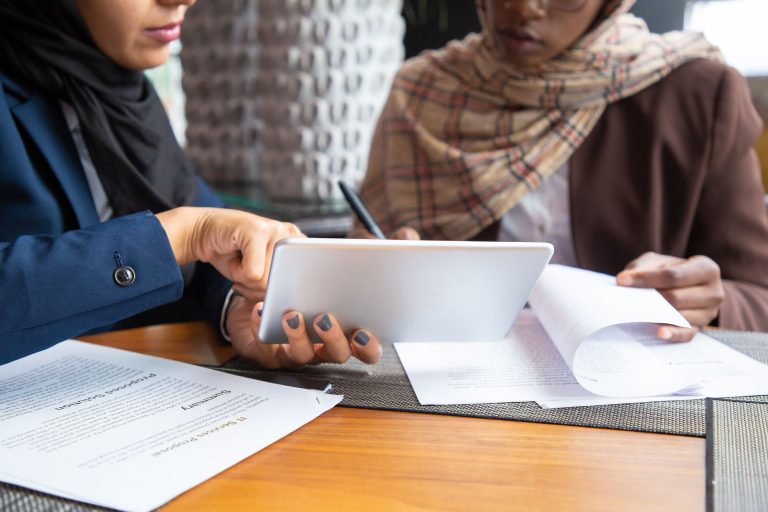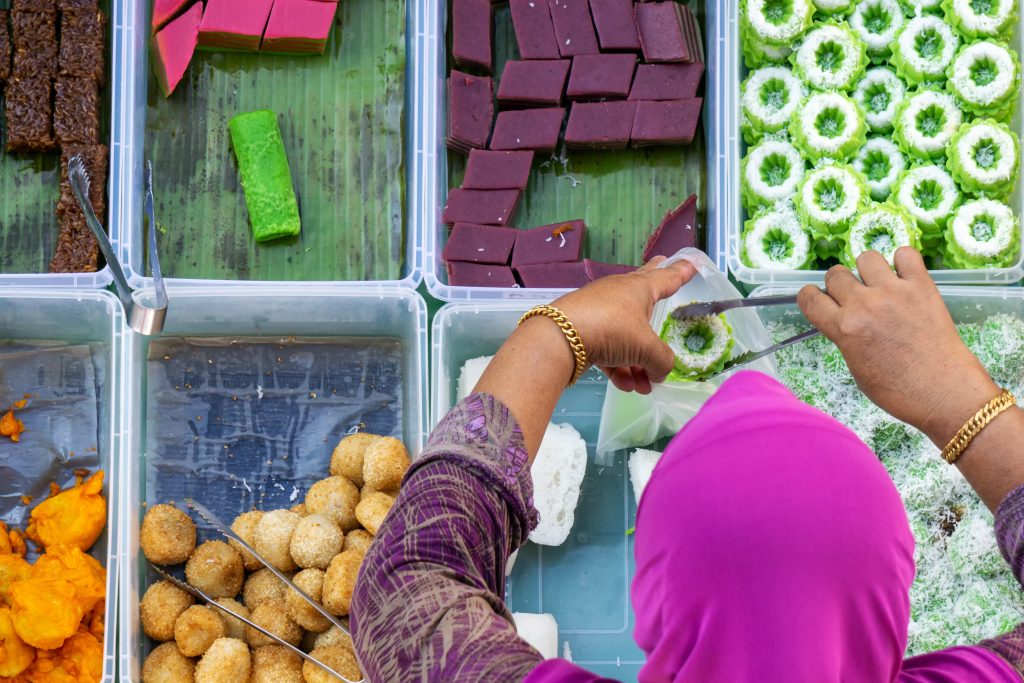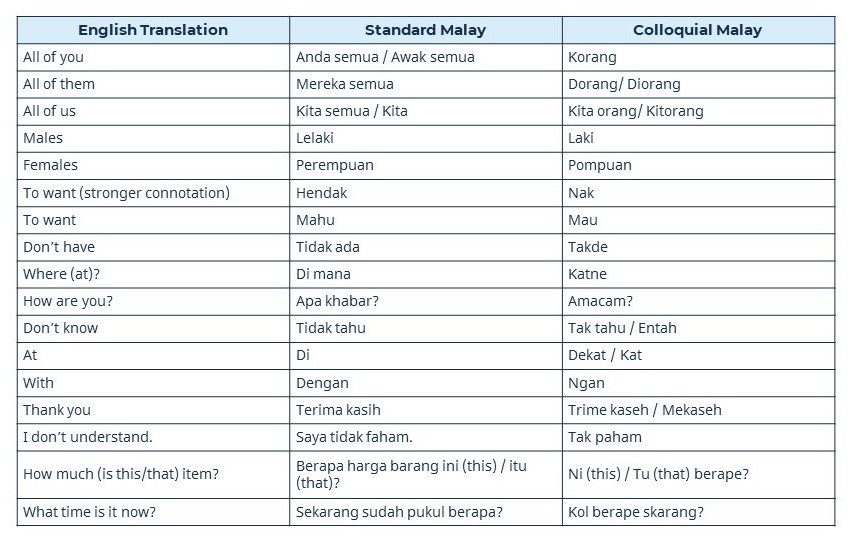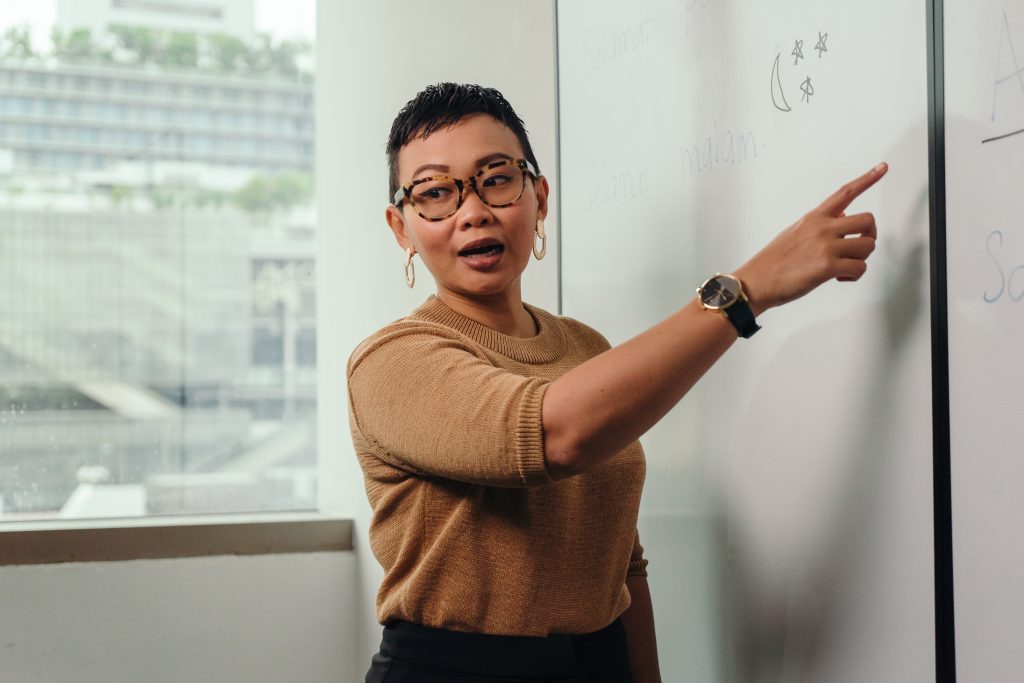“Tak faham.”
“Nak gi mane?”
“Boleh ambikkan tu?”
If you’re an avid learner of the Malay language and you have been wondering why you hear such expressions in daily conversations, let us shed some light on the differences between standard textbook Malay language and daily conversational Malay.
For learners of the Malay language, encountering real-life expressions can be puzzling. Despite having learnt the language for a long period of time, many still struggle to understand the casual conversations of their Malay-speaking friends or colleagues. Sometimes, you may even hear your friends going, “Why do you speak like that?” each time you try to make conversation.
The reason lies in the existence of different varieties of Malay used in Singapore. Simply put, there are several varieties of Malay, some which are more formal than others. And depending on the context and function, the type of Malay variety used will vary.
To commemorate Singapore’s upcoming 59th National Day, we will explore our nation’s national language – Malay, or Bahasa Melayu – and delve into its different variations. In this article, we uncover the nuances of the Malay language, helping you navigate both formal and informal settings with ease.
What are the different varieties of Malay?
Different varieties of the Malay language serve different purposes within Malay-speaking communities.
Bahasa Baku, or standard Malay, holds high prestige and is associated with education, government, and formal communication. It is considered the proper way to speak and write Malay. It plays a crucial role in national identity and cultural heritage, preserving the literary and historical aspects of the Malay language.
It is very formal, with strict grammar rules, a large official vocabulary, clear pronunciation, and uses the Roman alphabet.

Bahasa Basahan refers to everyday language. It can be viewed as colloquial Malay and a “neutral variety” used in non-official contexts. This variety is prevalent among Malay speakers in their everyday interactions. The tone of bahasa basahan can be refined, neutral or coarse, depending on who one is speaking to.
Bahasa Basahan is usually more relaxed, with simpler grammar, slang, and informal words. It is spoken in a more casual way.

Bahasa Pasar literally translates to “market language,” with “pasar” meaning “market” in English. This is a sub-low variety of Malay, While it may not hold the same prestige as formal varieties of Malay, Bahasa Pasar is highly functional in everyday communication, especially in a multi-ethnic society like Singapore. It emerged from historical inter-ethnic interactions between non-Malay speakers and ethnic Malays, serving as a practical bridge for diverse communities to connect and communicate effectively. This is also a lingua-franca that is used exclusively for communication in a marketplace.
This variety generally has more basic grammar, a mix of words from different languages, and relaxed pronunciation. When written, it follows a simple, phonetic spelling.

Real-life Examples
Here is a list of the most commonly used standard Malay and colloquial Malay words so that you can communicate easily with your Malay friends and colleagues.

Interested in learning Malay and exploring its rich varieties? As Singapore’s national language, Malay holds a special place in our cultural heritage. Our Conversational Malay courses will immerse you in the richness and diversity of Bahasa Melayu. Join us today and take pride in learning a language that connects us all as Singaporeans!
